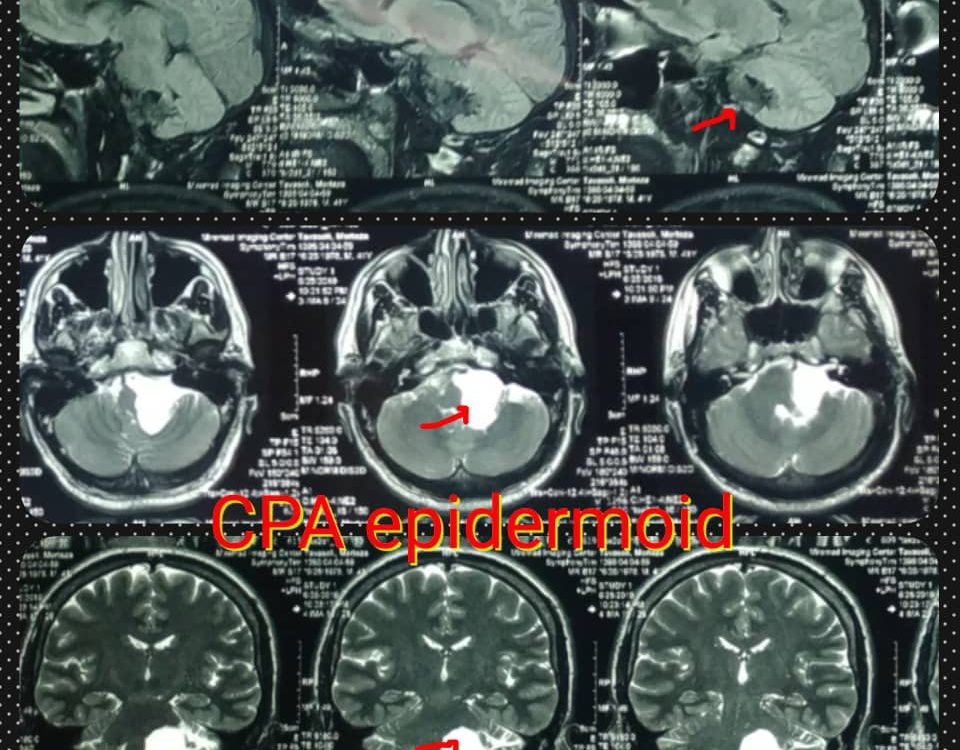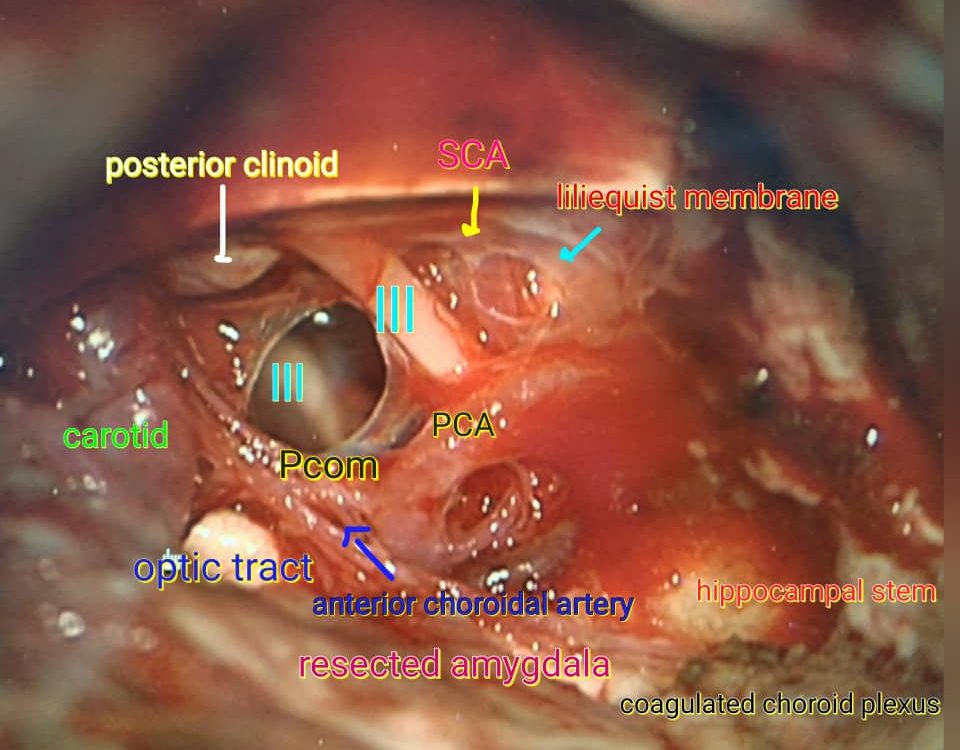Medulloblastoma
Medulloblastoma
Medulloblastoma is the most common type of pediatric malignant primary brain tumor (cancer), originating in the part of the brain that is towards the back and the bottom, on the floor of the skull, in the cerebellum or posterior fossa. Medulloblastomas are non-invasive rapidly growing tumors that, unlike most brain tumors, spread through the cerebrospinal fluid (CSF) and frequently metastasize to different locations along the surface of the brain and spinal cord.
Extraneural metastasis to the rest of the body is rare, and when it occurs is in the setting of relapse, more commonly in the era prior to routine chemotherapy.
Symptoms
Signs and symptoms are mainly due to secondary increased intracranial pressure due to blockage of the fourth ventricle and are usually present for 1 to 5 months before diagnosis is made. The child typically becomes listless, with repeated episodes of vomiting, and a morning headache, which may lead to a misdiagnosis of gastrointestinal disease or migraine. Soon after, the child will develop a stumbling gait, truncal ataxia, frequent falls, diplopia, papilledema, and sixth cranial nerve palsy. Positional dizziness and nystagmus are also frequent and facial sensory loss or motor weakness may be present. Decerebrate attacks appear late in the disease.
Diagnosis
The tumor is distinctive on T1 and T2-weighted MRI with heterogeneous enhancement and typical location adjacent to and extension into the fourth ventricle.
Histologically, the tumor is solid, pink-gray in color, and is well circumscribed. The tumor is very cellular, many mitoses, little cytoplasm, and has the tendency to form clusters and rosettes.
Treatment
Treatment begins with maximal surgical removal of the tumor. The addition of radiation to the entire neuraxis and chemotherapy may increase the disease-free survival. There is some evidence that proton beam irradiation reduces the impact of radiation on the cochlear and cardiovascular areas and reduces the cognitive late effects of cranial irradiation. This combination may permit a 5-year survival in more than 80% of cases. The presence of desmoplastic features such as connective tissue formation offers a better prognosis. Prognosis is worse if the child is less than 3 years old, there is an inadequate degree of resection, or if there is any CSF, spinal, supratentorial or systemic spread. Dementia after radiotherapy and chemotherapy is a common outcome appearing two to four years following treatment. Side effects from radiation treatment can include cognitive impairment, psychiatric illness, bone growth retardation, hearing loss, and endocrine disruption.
References
https://en.wikipedia.org/wiki/Medulloblastoma
http://www.abta.org/brain-tumor-information/types-of-tumors/medulloblastoma.html
http://neuropathology-web.org/chapter7/chapter7cMedulloblastoma.html



